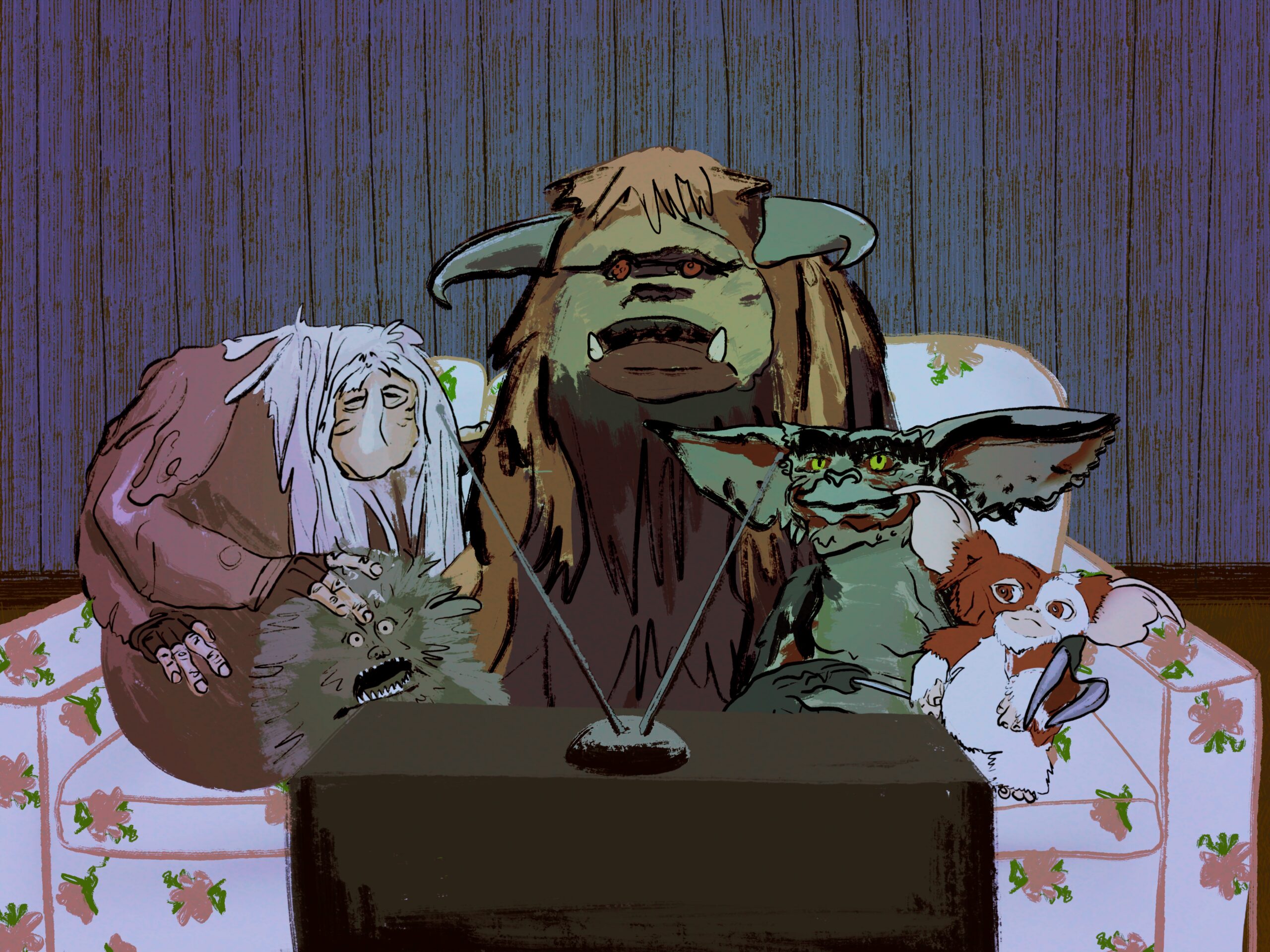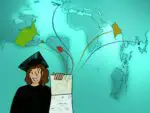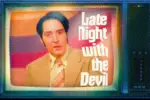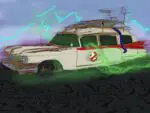Recent trends online, including a new genre of AI video, indicate a thirst for the return of practical effects– specifically when it comes to creatures.
Between the praise that Tom Cruise gets for doing his own stunts in the “Mission Impossible” franchise, the flood of “Barbie” promos last year boasting that the film was “leading the anti-CGI backlash” in movies, and the popularity of “Hereditary” director Ari Aster’s entire filmography, it would appear that the public at large is hungry for practical effects.
Larger media outlets such as The Guardian (who wrote the aforementioned Barbie promos) and Collider have already covered this desire for less CGI in Hollywood. On an individual level, posts mourning the onset of CGI fatigue go viral practically every other day, and everyone rehashes the same debate in the comments.
Arguments about CGI vs. practical effects can be traced back for decades (check out this Atlantic article claiming CGI has become distracting– in 2008), but most of the tenets on each side remain the same. CGI is inhuman, ages quickly, and is sometimes difficult to follow, but it also presents a whole new world of innovation that can level up filmmaking. Meanwhile, practical effects are tangible, connect with the audience emotionally, and provide limitations that lead to better filmmaking– but they look goofy very quickly and are often pricier than CGI.
One might think that audiences’ turn against technology is oddly timed, given the sudden, rapidly approaching future in AI technology. If the talks between Hollywood studios and OpenAI a few months ago are anything to go by, studios don’t plan to let go of CGI or AI anytime soon.
However, suppose the movie-going public is frustrated by lazy, garbled graphics that are difficult to follow or connect with. In that case, AI’s confused amalgamations certainly aren’t going to ease their anger. AI lacks the tangibility that is the appeal of practical effects, and its output is less human than any digital effects work up to this point.
Bafflingly, AI users might, on some level, agree with them.
Over the last couple of years, people have begun using software like MidJourney to create mock-up images of what their favorite properties or franchises would look like in an alternate genre. The users then compile these images into videos, sometimes with AI narration, to post on various social media platforms.
The ‘80s are a favorite among these genre explorations, particularly in the realms of dark fantasy (a la “Legend”) and creature features (see “Gremlins” or “The Thing.”) People have used AI to depict anything from the video games “Five Nights at Freddy’s” and “Deltarune,” to shows like “Breaking Bad,” “Toy Story” and even “Spongebob Squarepants” as ‘80s fantasy horrors.
The most exciting part of these dark fantasy reimaginings is that they use AI to recreate a distinct trend of 1980s puppetry and creature effects. The decade was rife with creature films– the aforementioned “Gremlins” and “The Thing” being just two of many. Jim Henson’s “Labyrinth” and “The Dark Crystal” were dark fantasy universes almost entirely composed of puppets, but human-centric movies, such as “Legend” or “Return to Oz” also featured a wealth of puppets and animatronics to flesh out their world.
The creatures of the ‘80s are so omnipresent they’ve essentially become a hallmark of movies at that time. “E.T.” was one of the decade’s most popular films and movies outside the fantasy genre, like “Ghostbusters,” which used creature puppetry for their ghosts. Many of these films’ creations looked similar, too, as they all used a similar blend of animatronics, puppetry, and, at times, claymation to achieve their effects.
So, in drawing from these sources to recreate their favorite pieces of media, many AI users actually end up expressing an unrecognized desire for tangible creature effects in their movies. Going by the comments, the most appealing part of these videos for most people is seeing how the technology replicates ‘80s movie aesthetics to turn characters into physical, puppet-like creatures. Ultimately, these videos call for the same practical effects that the anti-tech crowd wants.
Practical effects will probably never have the exclusive hold they did over the industry in the ‘80s, but they may make a comeback in more minor ways. While “Barbie” did use CGI, they used it to enhance the elaborate set builds, miniature models, and quaint backgrounds they’d physically hand-made. “Stranger Things,” whose monsters are inspired by the gorey ‘80s creations of directors like John Carpenter, used real SFX makeup for Vecna, the big bad, in their most recent season.
Both practical and digital effects can be too cheap, too much, or age poorly. However, the tactile reality of practical effects has been disappearing for decades. When used sparingly, cleverly, and in support of each other, CGI and physical effects can elevate a film—we can only hope that the latter gets more screen time.

















